KEEP UP WITH OUR DAILY AND WEEKLY NEWSLETTERS
PRODUCT LIBRARY
BMW releases the upgraded vision neue klasse X, with a series of new technologies and materials especially tailored for the upcoming electric smart car.
following the unveiling at frieze LA 2024, designboom took a closer look at how the color-changing BMW i5 flow NOSTOKANA was created.
connections: +630
each unit draws inspiration from emergence, featuring a hexahedron-based structure that facilitates integration into larger systems.
connections: 96
brian eno revives his color-changing neon turntable for the second time, on display too at paul stolper gallery in london until march 9th, 2024.
connections: +380
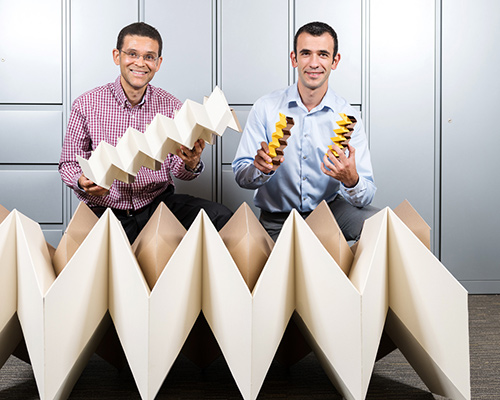
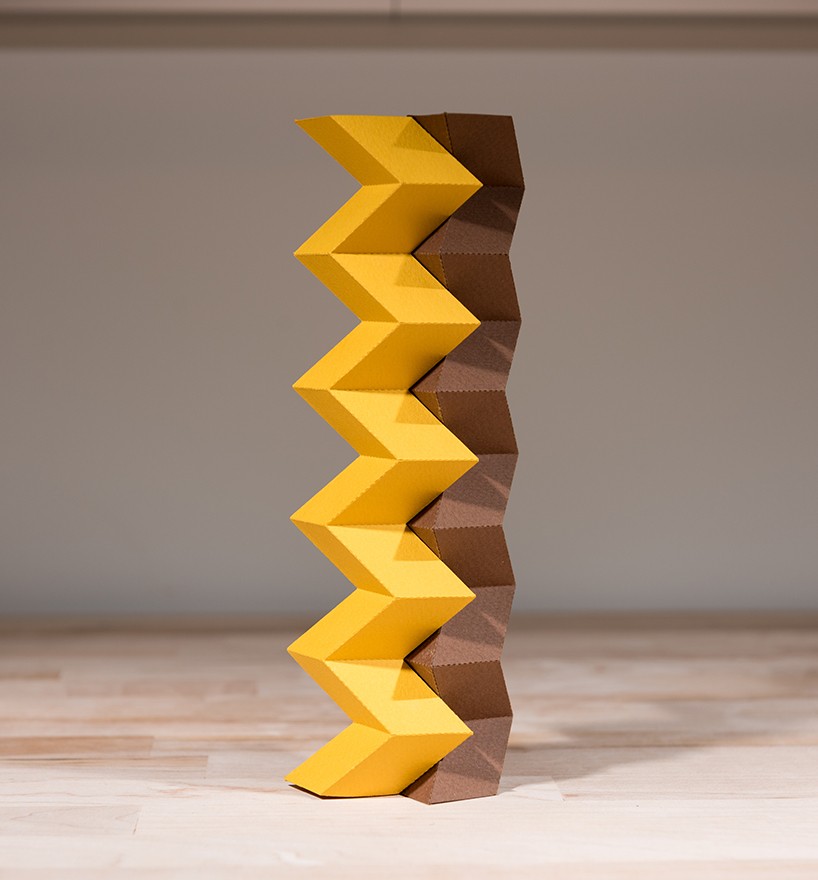 the team uses paper prototypes to demonstrate how the thin flexible sheet
the team uses paper prototypes to demonstrate how the thin flexible sheet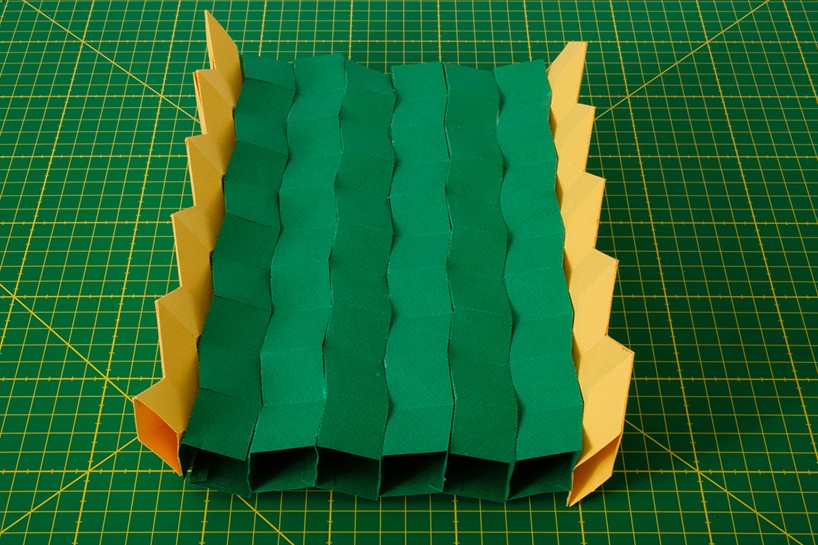 the zipper configuration works with tubes that have different angles of folding
the zipper configuration works with tubes that have different angles of folding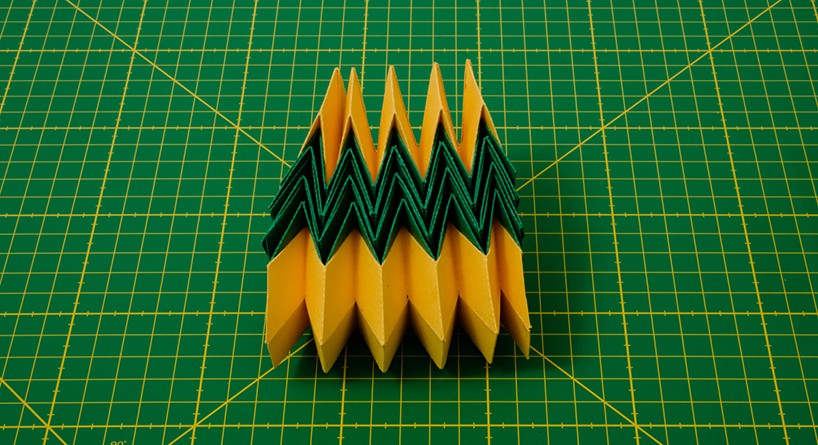 they found interlocking two tubes in zipper-like fashion made it stiffer
they found interlocking two tubes in zipper-like fashion made it stiffer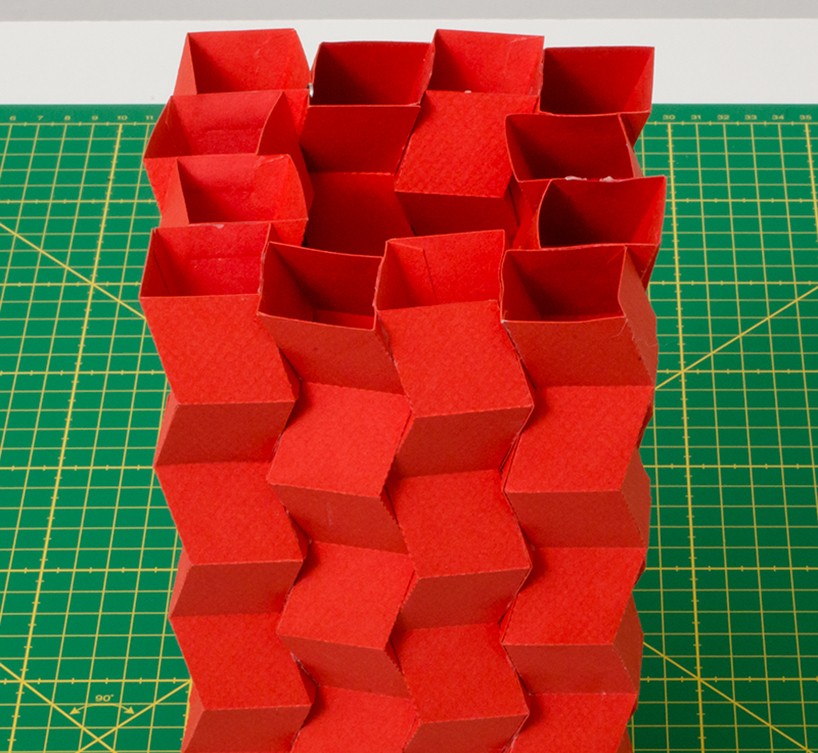 zigzag-folded strips of paper
zigzag-folded strips of paper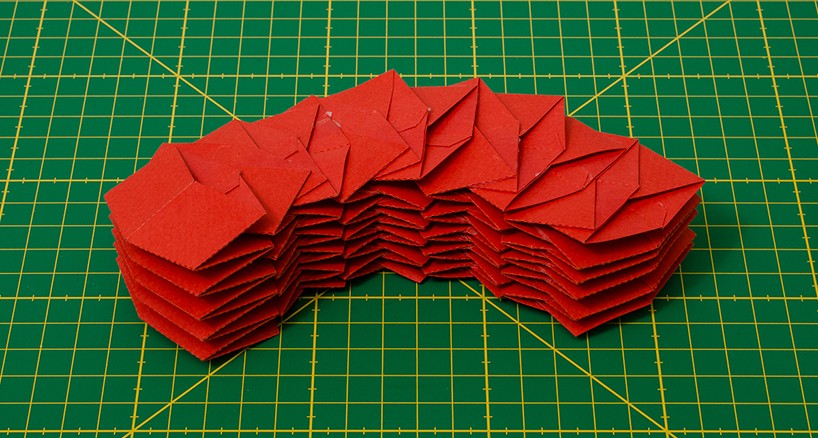 the project has potential for quick-assembling emergency shelters
the project has potential for quick-assembling emergency shelters


